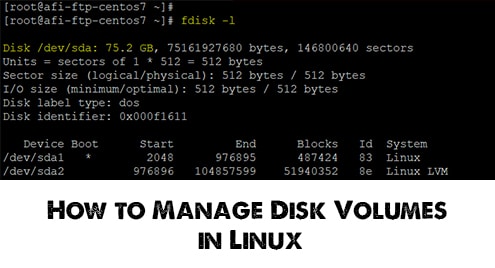Kubernetes is an open-source platform that is the most portable for managing containerized workloads and services. It works as an automation tool by providing the services, support and tools that are widely available.
Whereas, Kubectl controls the Kubernetes Cluster as it is one of the key components of Kubernetes having the capability to manage the nodes in the cluster. Kubectl get command is capable of fetching the related data on the cluster about the Kubernetes resources.
In this article, we are going to discuss the use of the ‘Kubectl get’ command with some examples.
Kubectl get commands
Some of the important kubectl get commands to fetch the data on the cluster about the Kubernetes resources are listed below.
Kubectl get pod
To get the details about the pod of the container of the related kubernetes cluster, there is a command similar to the command as:
To get the list of all the pods available on default namespace, run the command as shown below.
$ kubectl get pod
But to get the details of the specific pod, you can enter the pod name as:
$ kubectl get pod <pod name>
Example:
$ kubectl get pod nginx-http-6cf5c9bf86-p5q2x

Here, the pod name is “nginx-http-6cf5c9bf86-p5q2x”. It will display all the details regarding the specific pod.
Kubectl get deployment
To get the details about the deployments of the container of the related kubernetes cluster, there is a command similar to the command as:
To get the list of all the deployments available on default namespace, run the command as shown below.
$ kubectl get deployment
But to get the details of the specific deployment, you can enter the deployment name as:
$ kubectl get deployment <deployment name>
Example:
$ kubectl get deployment nginx-http

Here, the deployment name is “nginx-http”. It will display all the details regarding the specific deployment.
Kubectl get service
To get the details about the service of the container of the related kubernetes cluster, there is a command similar to the command as:
To get the list of all the services available on default namespace, run the command as shown below.
$ kubectl get service
But to get the details of the specific service, you can enter the service name as:
$ kubectl get service <service name>
Example:
$ kubectl get service nginx-http-svc

Here, the service name is “nginx-http-svc”. It will display all the details regarding the specific service.
Kubectl get ingress
To get the details about the ingress of the container of the related kubernetes cluster, there is a command similar to the command as:
To get the list of all the ingress available on default namespace, run the command as shown below.
$ kubectl get ingress
But to get the details of the specific ingress, you can enter the ingress name as:
$ kubectl get ingress <ingress name>
Example:
$ kubectl get ingress ingress-nginx

Here, the ingress name is “ingress-nginx”. It will display all the details regarding the specific ingress.
Kubectl get configmap
To get the details about the configmap of the container of the related kubernetes cluster, there is a command similar to the command as:
To get the list of all the configmap available on default namespace, run the command as shown below.
$ kubectl get configmap
But to get the details of the specific configmap, you can enter the config name as:
$ kubectl get configmap <configmap name>
Example:
$ kubectl get configmap nginx-http-cm

Here, the configmap name is “nginx-http-cm”. It will display all the details regarding the specific configmap.
Kubectl get secrets
To get the details about the secrets of the container of the related kubernetes cluster, there is a command similar to the command as:
To get the list of all the secrets available on default namespace, run the command as shown below.
$ kubectl get secrets
But to get the details of the specific secrets, you can enter the secrets name as:
$ kubectl get secrets <secrets name>
Example:
$ kubectl get secrets default-token-xct8s

Here, the secret name is “default-token-xct8s”. It will display all the details regarding the specific secrets.
Kubectl get namespace
To get the details about the namespace of the container of the related kubernetes cluster, there is a command similar to the command as:
$ kubectl get namespace <namespace name>
Example:
$ kubectl get namespace

Here, we are using the default namespace. By running the command as “kubectl get namespace”, we are listing all the available namespace.
Conclusion
In this article, you have learnt how to use the “kubectl get command” with different options like pods, deployment, services, etc. It will fetch the related data on the cluster about the Kubernetes resources.





